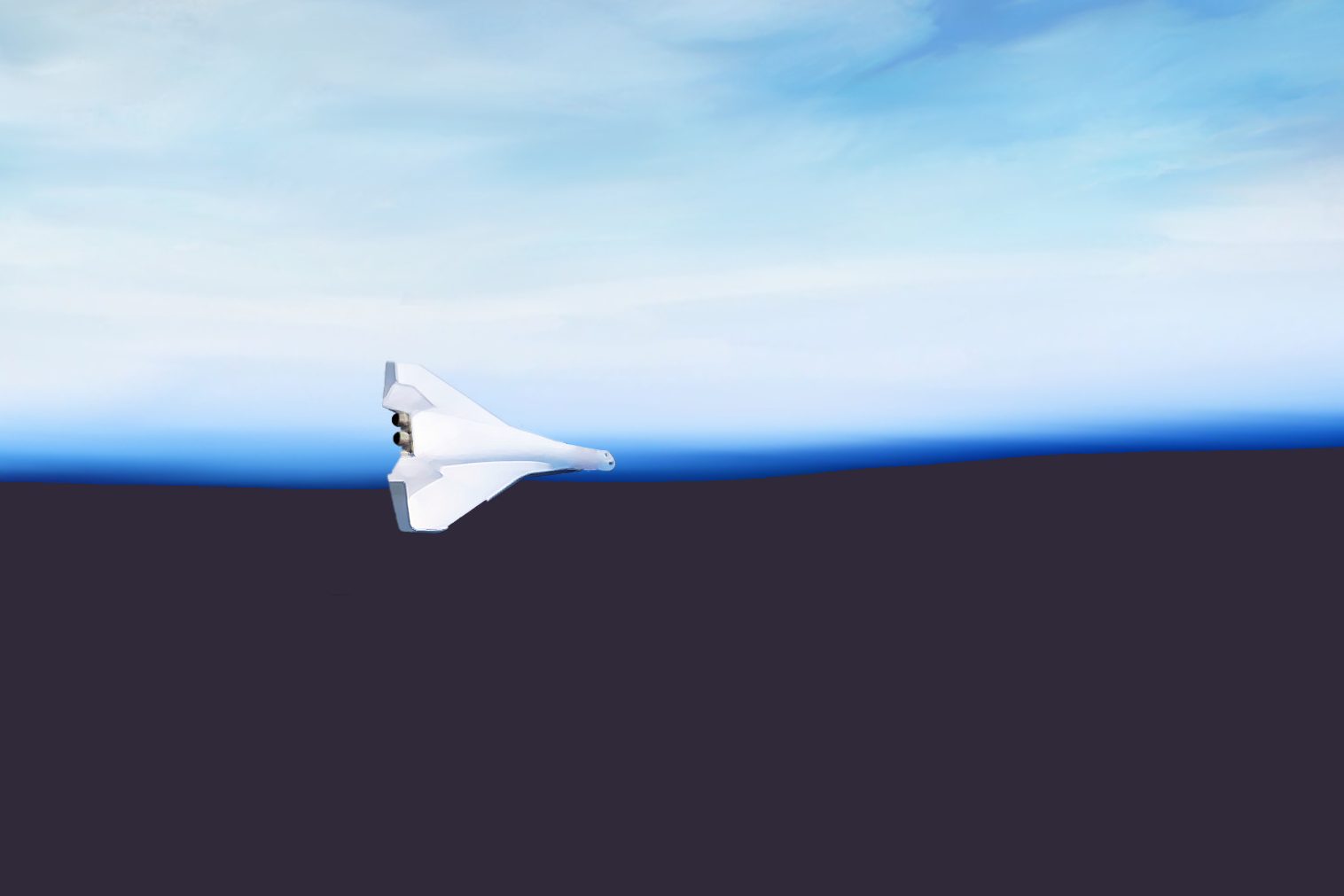A place startup headquartered in the suburbs of Seattle is trying to revive a spaceship principle that unsuccessful in the 1990s, hoping that technological development in the earlier 3 many years can make it a fact in the 2020s.
Radian Aerospace, centered in Renton, Washington, arrived out of stealth mode Wednesday with an announcement that it had shut a $27.5 million seed spherical expenditure led by Fine Structure Ventures, a undertaking capital fund affiliated with the dad or mum enterprise of Fidelity Investments.
Other participating traders include EXOR, The Undertaking Collective, Helios Cash, SpaceFund, Gaingels, The Private Shares Fund, Explorer 1 Fund and Style One Ventures.
Subscribe to Observer’s Organization E-newsletter
Radian is operating on a reusable spaceplane identified as Radian One, made for carrying people today and “light cargo†to minimal Earth orbit and using off from a runway instead of a rocket start pad.
The principle is comparable to Virgin Group’s “horizontal start system†used by its area tourism unit Virgin Galactic and satellite shipping service Virgin Orbit. Virgin Galactic’s spaceplane can only arrive at 50 kilometers in room, significantly down below the altitude of Earth’s orbit. Virgin Orbit takes advantage of a modified Boeing 747 to carry a satellite-delivering rocket to the middle of the sky right before it launches even more to achieve orbit.
Radian shares the similar objective with quite a few human spaceflight-concentrated startups presently. “We believe that prevalent accessibility to house implies limitless prospects for humankind. Around time, we intend to make space travel almost as uncomplicated and handy as airliner vacation,†Radian cofounder and CEO Richard Humphrey stated in a statement Wednesday.
Spaceplanes belong to a classification of spacecraft called single-stage-to-orbit (SSTO), referring to vehicles that can achieve orbit without having expending tanks or engines. The concept is now new in the room business. Several businesses pursued initiatives in the 1990s, notably Lockheed Martin’s X-33 job commissioned by NASA. The task was deserted prior to in 2001 before reaching the sky thanks to specialized problems.
Ridian’s main technology officer, Livingston Holder, was on the staff top Boeing’s proposal for NASA’s X-33 agreement in 1994. “Back then I was convinced that, technically, a single could indeed produce a single-stage-to-orbit program but it would be challenging for that detail to be a business organization simply because it was so high priced,†he said in an interview with SpaceNews.
Holder said a number of essential technologies have state-of-the-art since then, including carbon composite supplies for airframes, thermal security units and propulsion. “We’re enabling a functionality by integrating technologies that have matured over the final number of many years,†he said.
Number of design facts about Radian A person have been disclosed. Until eventually now, Radian has largely worked on conceptual design and style of the spaceplane. Proceeds from the seed round will fund its transition into the hardware improvement stage, the company said.
Radian is at this time employing various critical roles, together with aerospace engineer, CAD engineer and senior systems engineer, in accordance to its web page.

